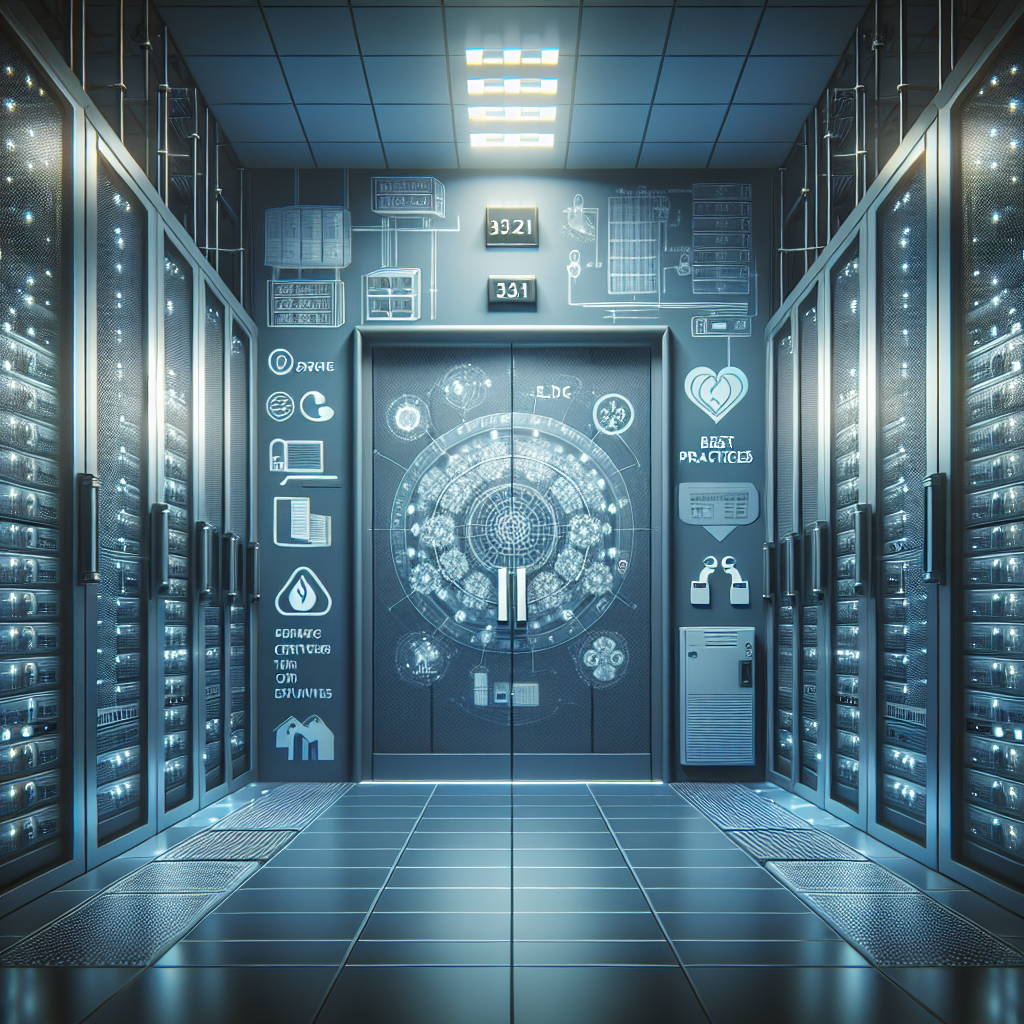Your cart is currently empty!
Ensuring Data Center Safety: Best Practices for Protecting Your Facility

Data centers are critical components of modern businesses, housing servers, storage devices, and networking equipment that store and process vast amounts of data. Ensuring the safety and security of these facilities is essential to protect valuable information and maintain business continuity. Here are some best practices for safeguarding your data center:
1. Physical Security Measures: Implementing physical security measures such as access control systems, surveillance cameras, and security guards can help prevent unauthorized access to the data center. Restricting access to only authorized personnel can significantly reduce the risk of data breaches and theft.
2. Fire Suppression Systems: Data centers are at risk of fire due to the high concentration of electrical equipment. Installing fire suppression systems, such as sprinklers, smoke detectors, and fire extinguishers, can help mitigate the risk of fire damage and protect valuable equipment.
3. Environmental Controls: Data centers require precise environmental controls to maintain optimal temperature and humidity levels for equipment performance. Monitoring systems can help detect fluctuations in temperature and humidity, allowing for timely intervention to prevent equipment damage.
4. Redundant Power Supply: Power outages can disrupt data center operations and lead to data loss. Implementing redundant power supply systems, such as uninterruptible power supplies (UPS) and backup generators, can ensure continuous power availability to keep the data center running smoothly.
5. Regular Maintenance and Testing: Regular maintenance and testing of equipment and systems are essential to identify and address potential issues before they escalate into major problems. Conducting routine inspections, equipment checks, and performance tests can help ensure the reliability and safety of the data center.
6. Disaster Recovery Plan: Developing a comprehensive disaster recovery plan is crucial to minimize the impact of unexpected events, such as natural disasters or cyber attacks, on the data center. Establishing backup and recovery procedures, offsite data storage, and communication protocols can help ensure business continuity in the face of adversity.
7. Employee Training: Investing in employee training on data center safety protocols and best practices can help create a culture of security and compliance within the organization. Educating staff on security policies, emergency procedures, and data handling practices can enhance overall data center safety.
In conclusion, safeguarding your data center is essential to protect valuable information, maintain business continuity, and mitigate risks. By implementing physical security measures, fire suppression systems, environmental controls, redundant power supply, regular maintenance and testing, disaster recovery plans, and employee training, you can ensure the safety and security of your data center facility. Remember that prevention is key to avoiding data breaches and downtime, so prioritize data center safety as a top priority in your organization.

Leave a Reply